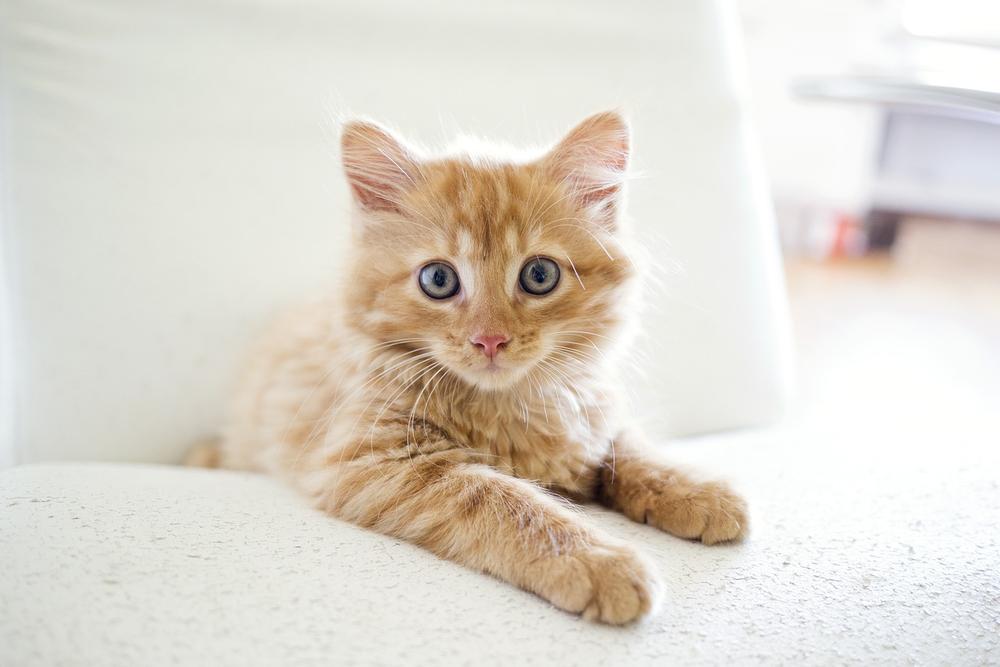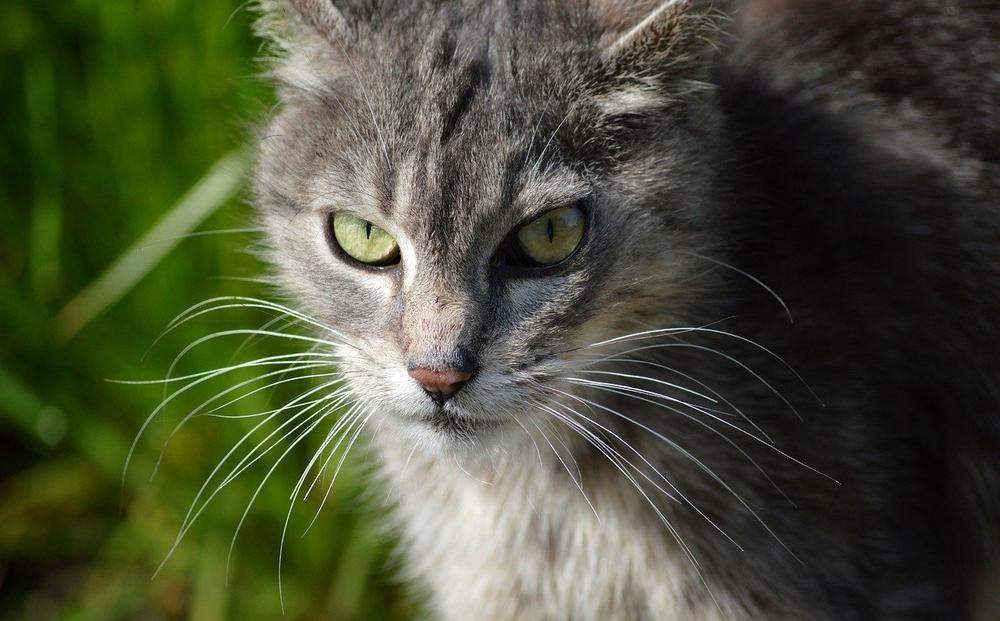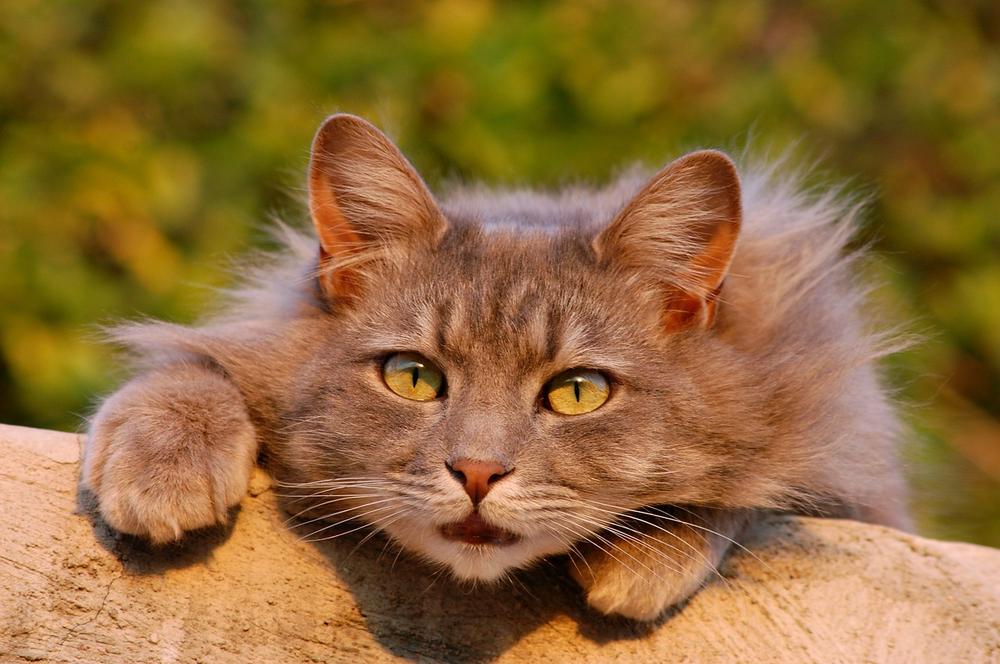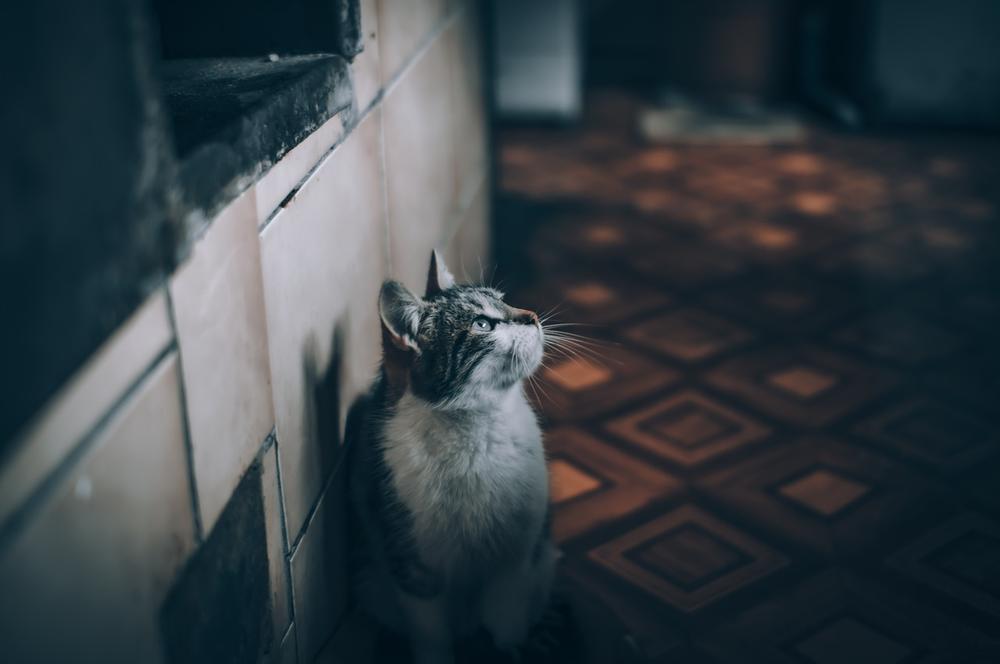Cat Vision vs Human Vision (Which One Is Actually Better?)

Curious about how cats see the world compared to us humans?
Ever wondered if their vision is as crystal clear or as color-rich as ours?
You're not alone, my friend! 😺
Isn't it mind-boggling to think about the marvels of feline eyesight?
Well, let's satisfy that curiosity, shall we?
Let's dive into the fascinating realm of cat vision vs human vision.
Let the adventure begin!
Where Humans Excel: Daytime and Color Vision
Humans and cats have their own strengths and weaknesses when it comes to vision.
Let’s start with humans, shall we?
- Humans perceive a wider range of vibrant colors compared to our feline friends. This is all thanks to the three types of cones in our eyes that allow us to see a diverse spectrum of color.
- We excel at distance vision, being able to spot things from much farther away than cats. Our high-resolution vision allows us to discern sharp details even at different distances.
- We have superior far vision, which means we can see things clearly at 100-200 feet. In comparison, cats only have clear vision up to around 20 feet. Poor kitties!
Now, let's talk about our furry companions:
- Cats are better at peripheral vision, which means they can see things happening on the sides without needing to turn their heads. Handy for hunting sneaky prey.
- They also thrive in low light environments, making them perfect nighttime predators. Their eyes are designed to capture as much available light as possible.
- Cats are fantastic at tracking fast-moving objects, like prey or toys. With their keen night vision and agility, they sure make impressive hunters.
So, while humans enjoy vibrant colors and long-distance vision, cats excel in peripheral vision, low light conditions, and quick motion tracking. Quite an intriguing comparison, don’t you think? 😺
And now, let's delve deeper into the fascinating world of feline vision.

You may be surprised by the unique features that set cats apart from humans.
From their elliptical pupils to their remarkable motion detection abilities, there's so much more to discover about how our furry friends see the world around them.
Are you ready for a closer look?
Well, then join me as I unveil the secrets behind a cat's captivating gaze...
The Unique Visual Abilities of Cats
Cats possess remarkable visual abilities that distinguish them from humans. Their elliptical pupils and abundance of rod cells enable them to excel in low-light conditions. While their color vision may be limited, their pupil shape aids in accurate depth perception. Cats also surpass humans in peripheral vision and motion detection.
Cats, my friend, have some seriously cool visual abilities.
Let's start with their captivating eyes, shall we?
Their elliptical pupils set them apart from us humans.
It's like they have a whole different way of seeing the world!
And guess what?
They actually do.
Cats have more rod cells than cone cells in their retina, which makes them experts in low-light conditions.
Imagine this: your cat gracefully prowling in almost complete darkness.
Pretty impressive, right?
But here's the interesting part:
Their color vision is not top-notch.
Yes, cats are a bit lacking when it comes to seeing vibrant colors.
While you're admiring a brilliant sunset, they might be seeing shades of gray.

Now, let's talk about depth perception.
Cats are natural-born hunters, and their eyesight plays a big role in that.
The shape of their pupil helps enhance their depth perception, allowing them to accurately judge distances when pouncing on prey.
But wait, there's more!
Cats outshine us when it comes to peripheral vision and detecting motion.
They can see an impressive 200 degrees around them, while we only manage a measly 180-degree view.
No wonder they always spot that squirrel before we do.
However, their visual clarity starts declining beyond 20 feet.
Up close and personal is crystal clear for them, but things get blurry in the distance.
Just something to remember if you ever need to communicate with your kitty from across the room.
That's all about the unique visual abilities of our feline friends.
You can't deny that their keen eyesight is truly impressive!
And guess what? If you're as fascinated by cats' unique visual abilities as I am, you're going to want to check out my article on whether cats can sense if you don't like them.
Trust me, it's an intriguing read that will satisfy your curiosity.
So go ahead, click here to uncover the secrets of feline perception: Can Cats Sense if You Don't Like Them.
Night Vision in Cats
Cats have THE BEST night vision ever.
With a ton of rod receptors in their eyes, they can wander around in total darkness while we stumble around with flashlights. It's like they've got night vision goggles built right in.
All thanks to these special cells called rods that help them see when it's dark. Cats have TONS of these rods, so they're pros at finding their way in dimly lit places.
But wait, there's more.
Because of their amazing night vision, cats can even track fast-moving things super easily in the pitch black.
They're practically superheroes under the stars.
Although, they do have one little weakness.

Bright lights or sunlight can be a bit tough on their super eyes.
Their vision is all about the low-light life, so super sunny days might give them some trouble.
But hey, nobody's perfect, right?
So, next time it's dark outside, remember that your cat can see through shadows like a champ!
But, as remarkable as a cat's night vision may be, what about our own visual capabilities?
How does our ability to detect motion in bright light compare to the prowling prowess of our feline friends?
Let's dive into the fascinating realm of human vision and uncover the unique advantages we possess in well-lit environments.
You won't believe the tricks our eyes have up their sleeves!
Comparative Visual Abilities
In bright light, you and cats each have optimized visual systems that allow for exceptional vision. Humans excel at detecting motion in well-lit environments, thanks to their evolved visual abilities. Both you and cats possess remarkable visual capabilities designed to cater to your individual requirements.

Your eyes have adapted to track fast-moving objects efficiently, allowing you to navigate dynamic surroundings. Cats, on the other hand, have developed vision tailored to suit their particular needs.
Both humans and cats boast impressive visual prowess, honed by evolution to meet their unique demands.
Vision Abilities: Cats vs Humans Analysis
- Cats have similar color vision to humans with red-green colorblindness.
- Cats excel in peripheral vision and low light environments.
- Humans have better distance vision and vibrant color perception.
- Cats see more green and blue than red or purple, resulting in less rich color vision.
- Humans have more light receptors in their retina, allowing for vibrant colors across a wide spectrum.
- Humans are better at detecting motion in bright light and have high-resolution vision.
- Humans have superior far vision compared to cats.
- Cats have elliptical pupils and a third eyelid for unique vision.
- Cats excel in low-light conditions but lack color perception.
- Cats have remarkable peripheral vision and motion detection abilities.
- Cats have a wider field of vision and a distinct mid-sighted range around 20 feet.
- Cats have exceptional night vision.
- Cats can track fast-moving objects, even in complete darkness.
- Cats may have difficulties in bright light or sunlight due to their rod receptors.
- Both cats and humans have exceptional vision abilities adapted to their needs.
And that wraps up today's article.
If you wish to read more of my useful articles, I recommend you check out some of these: Can Kittens See in the Dark, How Many Hours Do Kittens Sleep, Do Cats Understand Mirrors, Cat Looking at Water but Not Drinking, and Why Do Cats Eyes Glow in the Dark
Talk soon,
-Sarah Davis